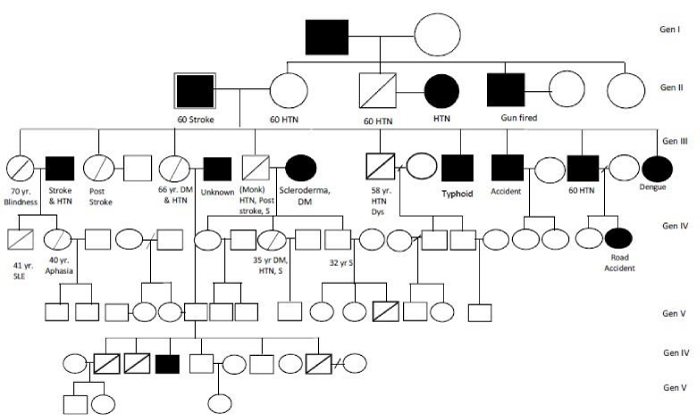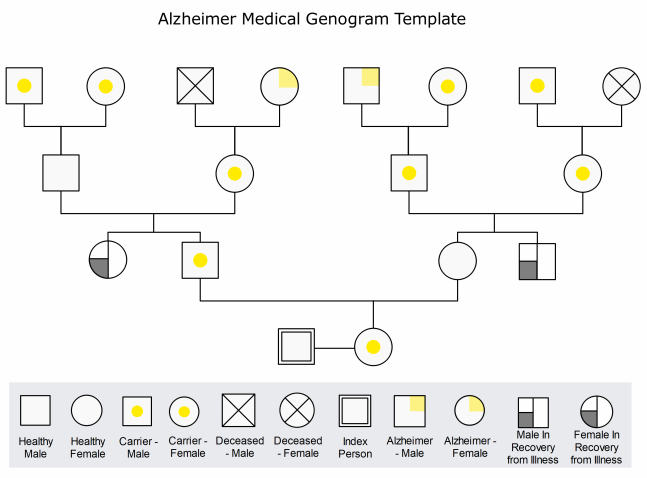

We offer the best custom paper writing services. Write up the family history and create and save a family genogram in the same document. If you have not started clinical practice, then select a non-family member and complete a family history on him or her to complete a genogram. A genogram allows the user to visualize hereditary patterns and can be useful in identifying repetitive patterns of behavior and to recognize hereditary tendencies.įor this assignment, select a patient from your clinical experience whom you are completing a subjective, objective, assessment, and plan (SOAP) note on and complete a genogram based on his or her family history. As mentioned earlier, they are often used to depict common diseases within a family. As you know, genograms are important in determining how diseases affect families, and are pictorial representations of family relationships and medical histories. Understanding the family history provides information about diseases that are familial. The followings are just a part of the template collection.The health history is a very important part of a health care puzzle.

No matter you need to develop a Genogram or just to gain some ideas, you can find a template that suits your needs.
Genogram health history software#
Plus, you can draw and discuss Genogram anywhere – VP Online is an online diagram software that runs on any device, any browser.Ī set of Genogram templates are available.

Whether you’re a beginner or a pro, to draw a Genogram is always simple and fast with VP Online’s rich set of Genogram tools, symbols, and templates. VP Online is the easiest Genogram software on the market today. Similarly, the way symbols are represented in a Genogram explains whether children are twins, adopted or are listed with their biological parents. A Genogram uses a square for males and a circle for female family members. Explore the quality of relationships and behavioral patterns of patientsĪ genogram is created with simple symbols representing the gender, with various lines to illustrate family relationships.Gather medical and psychological information for solving medical problems.Visualize your client’s medical, social, psychological and family relationship history.A genogram is often used for the following situations: It can also be used to identify repetitive patterns of behavior and to recognize hereditary tendencies. Then, you can use standard genogram symbols to create a diagram that documents your family’s specialized history. To begin a genogram you will need to interview family members first. Mental health and medical professionals often use genograms to identify patterns of mental and physical illnesses such as depression, bipolar disorder, cancer, and other genetic diseases. Think of it as an extremely detailed family tree. Genograms can vary significantly because there is no limitation as to what type of data can be included. Some genograms also include information on disorders running in the family such as alcoholism, depression, diseases, alliances, and living situations. Additional data may include education, occupation, major life events, chronic illnesses, social behaviors, nature of family relationships, emotional relationships, and social relationships. First, they contain basic data found in family trees such as the name, gender, date of birth, and date of death of each individual. Genograms contain a wealth of information on the families represented. But are Tom and Mary twins, are the listed parents their biological parents or were they adopted? You can answer all these questions in the form of a Genogram. Conventional family trees might have names and relationships listed next to images or within shapes, however, these types of family trees can often be deprived of a lot of information. A genogram is a family map or history that uses special symbols to describe relationships, major events, and the dynamics of a family over multiple generations.


 0 kommentar(er)
0 kommentar(er)
